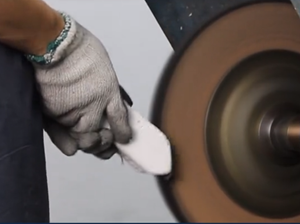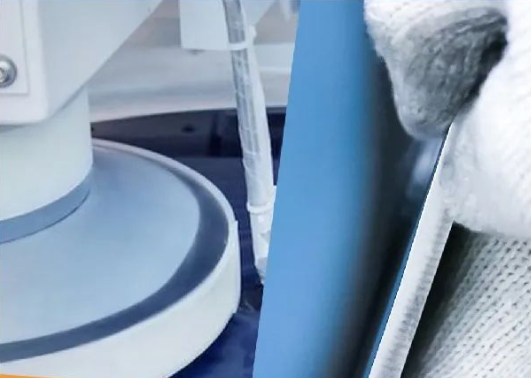
This article is also available in the following languages:
Tiếng Việt
繁體中文
For high-end products, wax-coated finishes are often used to improve the finish of the product surface.
It is necessary to understand some skills concerning the use of cloth wheels in polishing, which may reduce some unnecessary trial-and-error cost to the business.
Introduction
A polished cloth wheel is a pressed flat wheel made of several pieces of cloth. It is made of various kinds of cotton cloth, fine felt, silk, and deerskin, and is of excellent elasticity.

Pressing molding fixed, but also need to go through some chemical treatment to enhance the polishing ability, strengthen the fiber to extend the purpose of service life, increase the softness, enhance the “copying” ability, improve the polish retention, lubrication and fire resistance. The usual methods of treatment are bleaching, sizing, oil treatment, water treatment, etc.
Tips
1.The size of the cloth wheel selected by the polisher is determined by the motor power of the polisher. The rotation axis of the motor must be matched to the aperture of the polished wheel.

2.Whether the linear velocity of the polished wheel surface is uniform or not determines the quality of the polishing effect. The polishing wheel will only work well if the surface linear velocity of the polishing wheel is uniform. Therefore, if too large polishing wheel is chosen with a smaller motor, the polishing linear velocity will drop a lot and thus affect the polishing quality.

3.Select the proper hardness of the polished cloth wheel according to the stitching interval. The stitching and spacing of the polished wheel can be used to adjust its elasticity and rigidity. Common types of stitching include spiral, concentric, checkerboard and radial. The greater the space between stitches, the lower the hardness.






